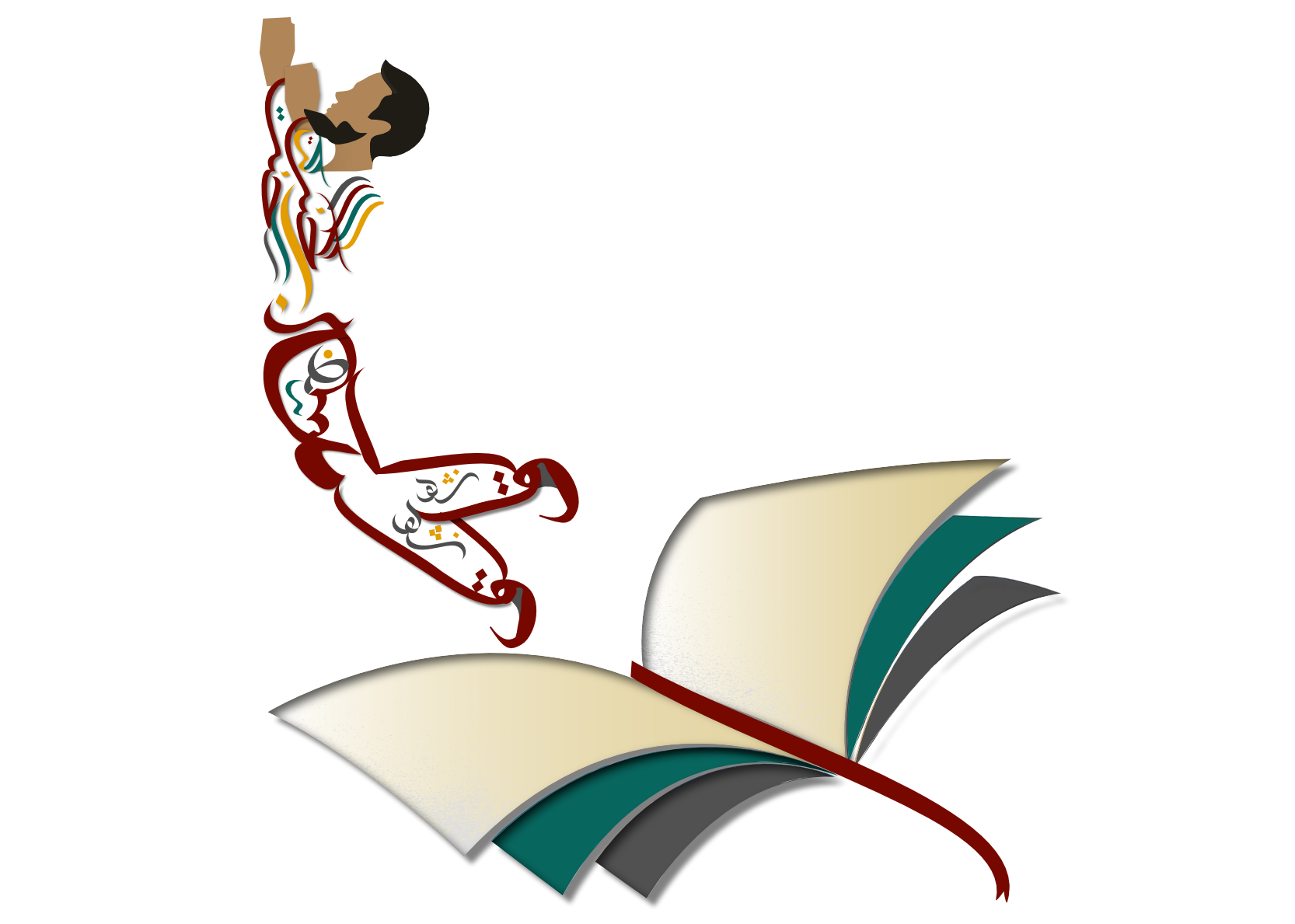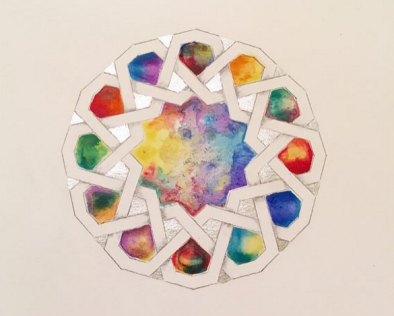As an aspiring historian, I find it disturbing that Black Muslim narratives are often left out of Muslim discourse and discussion – this also extends to the field of history. I rarely hear the stories of great Black Muslim men and women throughout Islamic history in my professional circles or through my studies – I’m here to ask you this uncomfortable question:
‘Why are Muslims hiding the black in our history’?
Muslims make up 4.8% of the UK population –Black Muslims make up 10.1% of the Muslim population ranking the second largest ethnic group[1] after south Asians. Why then are the stories and heritage of black figures not as known or promoted as well as some South Asian or Arab scholars and notables?
As someone who regularly attends different masjids, classes and talks, I find it disturbing how our colourism has extended into intellectual and academic places and institutions.
‘It’s difficult to be Muslim in these times – try being Black and Muslim.’
If we don’t represent and empower our Black Muslim brothers and sisters within our masjids, institutions and community spaces, how will they be proud of their identity and learn of the great legacy and contributions their ancestors have made to this deen?
Black Muslim history absolutely fascinates me because it is one of the most ‘unspoken’ histories in the world. I feel embarrassed when I have been in situations where my black brothers and sisters can name the black legends of Islamic history and while I stand there dumbfounded because I’ve never heard of them throughout my own education.
Situations like this have made me research and read around Black Muslim history, and one thing I’ve found and stand by is that Black Muslims have made some of the most spectacular achievements for the betterment and development of the religion of Islam.
An area I specialise in is the period of Islamic Spain (also referred to as Al Andalus). This was not just a golden age for Islam, but for civilisation at large. Islam flourished and cultivated an environment of invention, discovery and scholarship which lifted Europe out of the dark ages (now referred to as the middle ages). Al Andalus today is a popular topic for Muslims who live in Europe as it’s an example of how Muslims have contributed to the making of ‘the West’ and modern civilisation as we all know and enjoy it today. However, one detail we often miss out is that majority of the Muslims during the conquest of the Iberian Peninsula were African – Berbers and Blacks. These Muslims were referred to as the Moors. The Moors were dark skinned – black and came from all over North Africa. This adds to the long list of achievements in Islamic history that are often ‘arabised‘.
Muslim children are more likely to be taught names such as Salahudeen Al Ayubi, Noorudeen Zangi, Ibn Sina, Sultan Sulaiyman, but probably not Al Jahiz, Ahmad Baba, Mansa Musa, Nana Asma’u – Why is this?
Why is there a distinction between our Muslim heroes?
We have to do more to embed in our community that representation really matters, even in the field of education.
If you don’t know who these Black Legends are, let me tell you:
Al JAHIZ (also known as Abu Uthman)

Al Jahiz was a theologian believed to be of Ethiopian descent. As an African-Arab, he embraced his black identity and sought to empower black Muslims through writing. ‘Risalat mufakharat al-sudan ‘ala al-bidan (Treatise on Blacks)’.
In the Treatise, he writes of the Zanj people (a name used by medieval Muslim geographers to refer to Southeast Africa and Bantu inhabitants):
‘Everybody agrees that there is no people on earth in whom generosity is as universally well developed as the Zanj. These people have a natural talent for dancing to the rhythm of the tambourine, without needing to learn it. There are no better singers anywhere in the world, no people more polished and eloquent, and no people less given to insulting language. No other nation can surpass them in bodily strength and physical toughness. One of them will lift huge blocks and carry heavy loads that would be beyond the strength of most Bedouins or members of other races. They are courageous, energetic, and generous, which are the virtues of nobility, and also good-tempered and with little propensity to evil. They are always cheerful, smiling, and devoid of malice, which is a sign of noble character.’
Al Jahiz is also referred to as the ‘father of the theory of evolution’ by some historians. Born in 776 and raised in Iraq, through daily attendance at the Great mosque of Basra, he soaked up the intellectual atmosphere of the Abbasid era – known as a Golden Age of intellectualism.
He travelled to Damascus, Beirut, Samarra and Baghdad – the Abbasid capital, where he resided for many years. He was a man of reason and logic, which generated a spirit of life-long independence. He earned his living through his writings, authoring over 200 books during his lifetime.
NANA ASMA’U

Nana Asma’u is one of the greatest examples of Black Muslim women who pioneered under Islamic rule. Nana Asma’u was well versed in Arabic, Greek, and Latin, and fluent in Arabic, Fulfulde, Hausa, and Tamacheq. Asma’u was a reputable and leading scholar in the most influential Muslim state in West Africa. She represented the number of highly educated Muslim women of the time. Today, she remains a role model for African and Muslim women, as she represents the freedom and independence Islam gave to women. She was the daughter of the founder of the Sokoto Caliphate, one of the most powerful powers in Africa at the time. She provided council to the leadership and debated governors, scholars, and princes. Nana Asma’u is historical proof of the heights women can attain. In 1830, she formed a group of female teachers who journeyed throughout the caliphate, educating women.
AHMAD BABA AL MUSSUFI

Ahmad Baba is known as ‘a unique pearl of His time’. According to John Henrik Clarke, “his life (was) a brilliant example of the range and depth of West African intellectual activity before the colonial era.” He was a well-known teacher, professor, philosopher, and Arabic grammarian who lived in Timbuktu just before it was captured in 1592. He worked in the University of Sankore (founded by the Kings of Mali) which has been compared to other higher education universities during Muslim civilisation such as Al-Azhar in Egypt, Al-Qayrawan in Tunisia, Al-Qarawiyyin in Morocco and Qurtuba University in Spain.
He wrote over 40 books on astronomy, ethnography and theology, as well as biography.
When Timbuktu was invaded, He was one of the first citizens to protest the occupation of his beloved home-town. Ahmed Baba, along with other scholars, were captured and eventually exiled to Morocco in chains. He was exiled with his entire family in 1593 – 1608, and his extensive library was destroyed. He had a collection of 1,600 books, one of the richest libraries of his day.
These are just a few examples of Black legends who exist in our Islamic history and are commonly unheard of.
Representation matters.
Representing all types of Muslims in our conversations and narratives will lead us to greater understanding amongst our racially diverse community, and tackle the prejudices many of our Black brothers and sisters face from within.
[Article published for Amaliah]






3 thoughts on “Are We Hiding The Black In Our History?”
Malik al Shabaz fame only grows as time passes by. I found his eloquence in speech, fight for justice and sheer hard work inspirational (coming from a Bangladeshi)
May Allah rewards and remember them
I am so happy to see such knowledgeble information for younger community. As a teacher of Islamic subjects. Well presented.